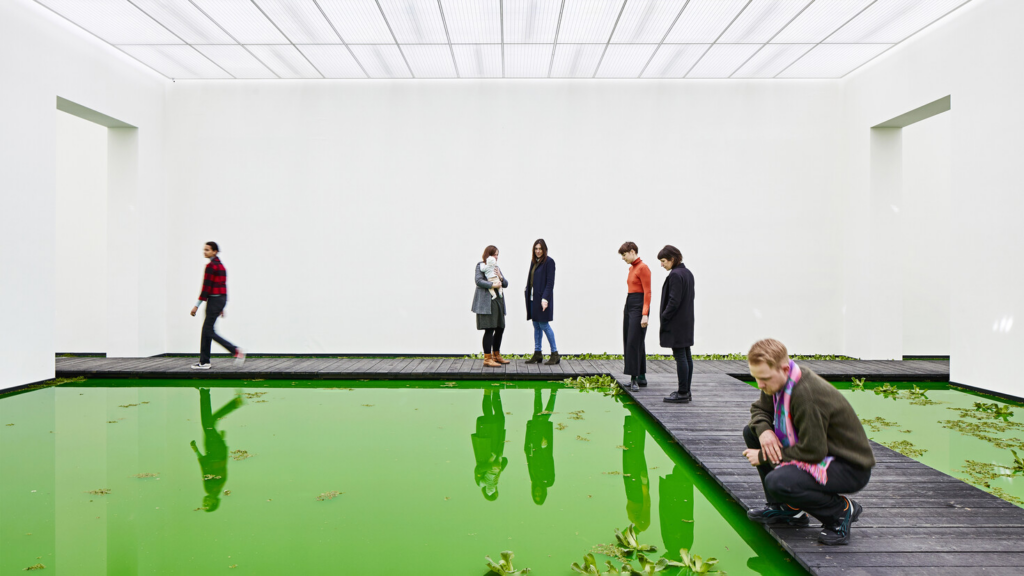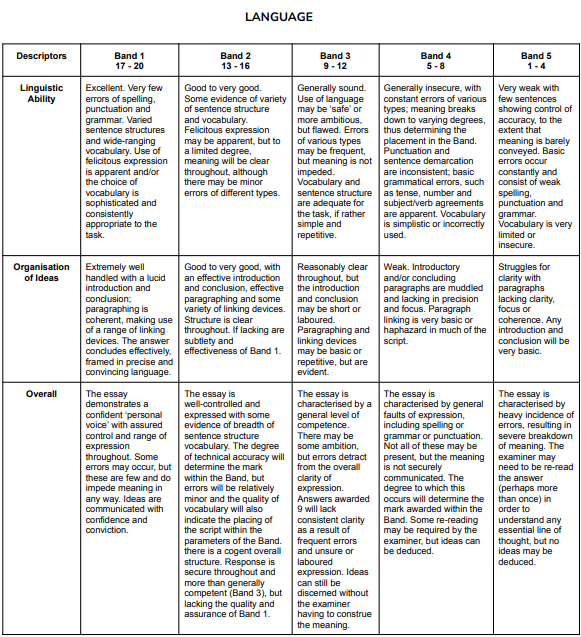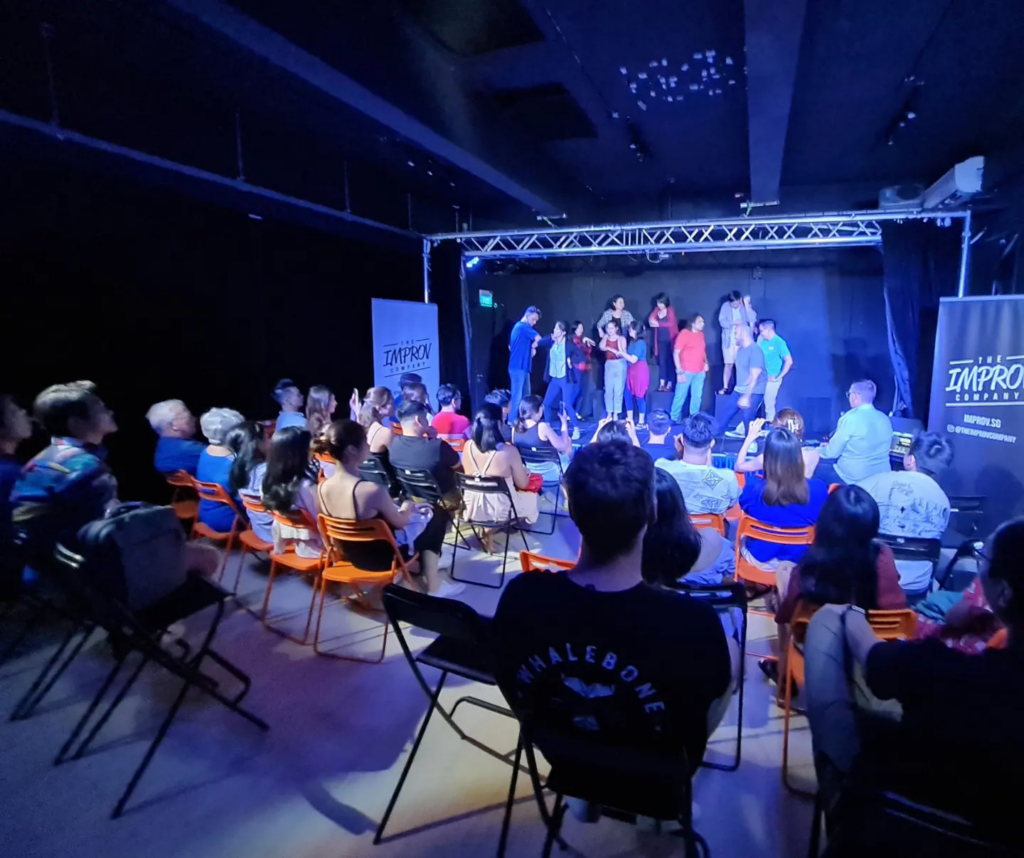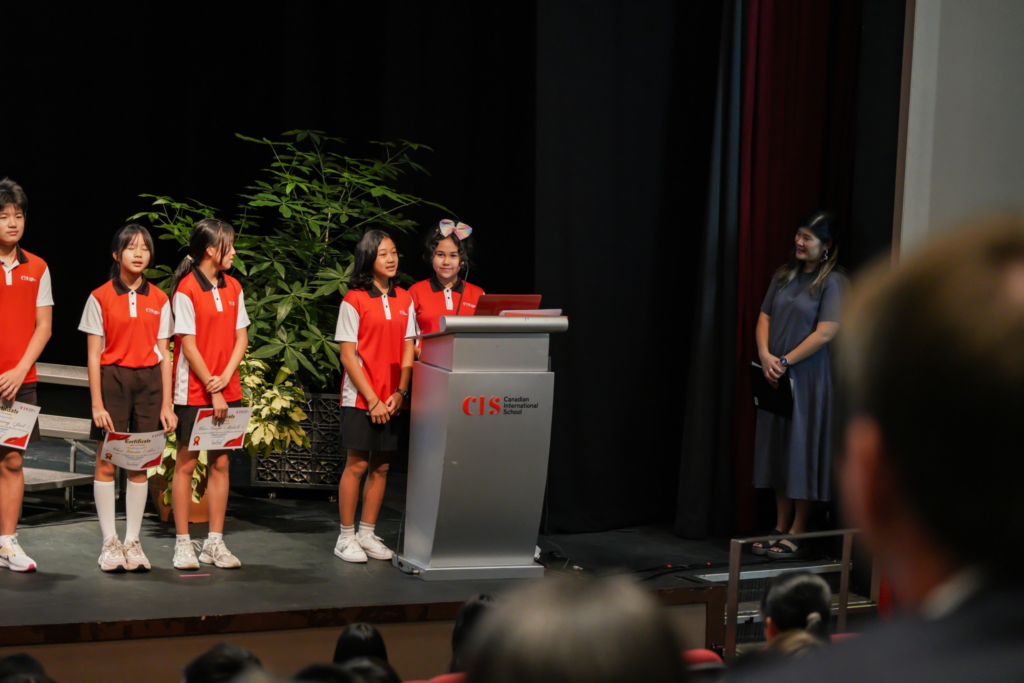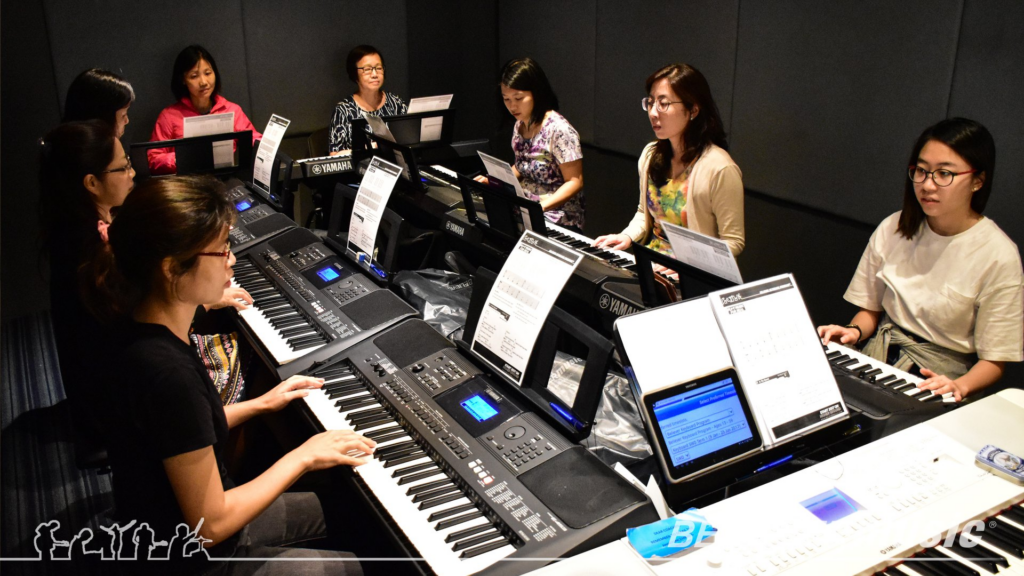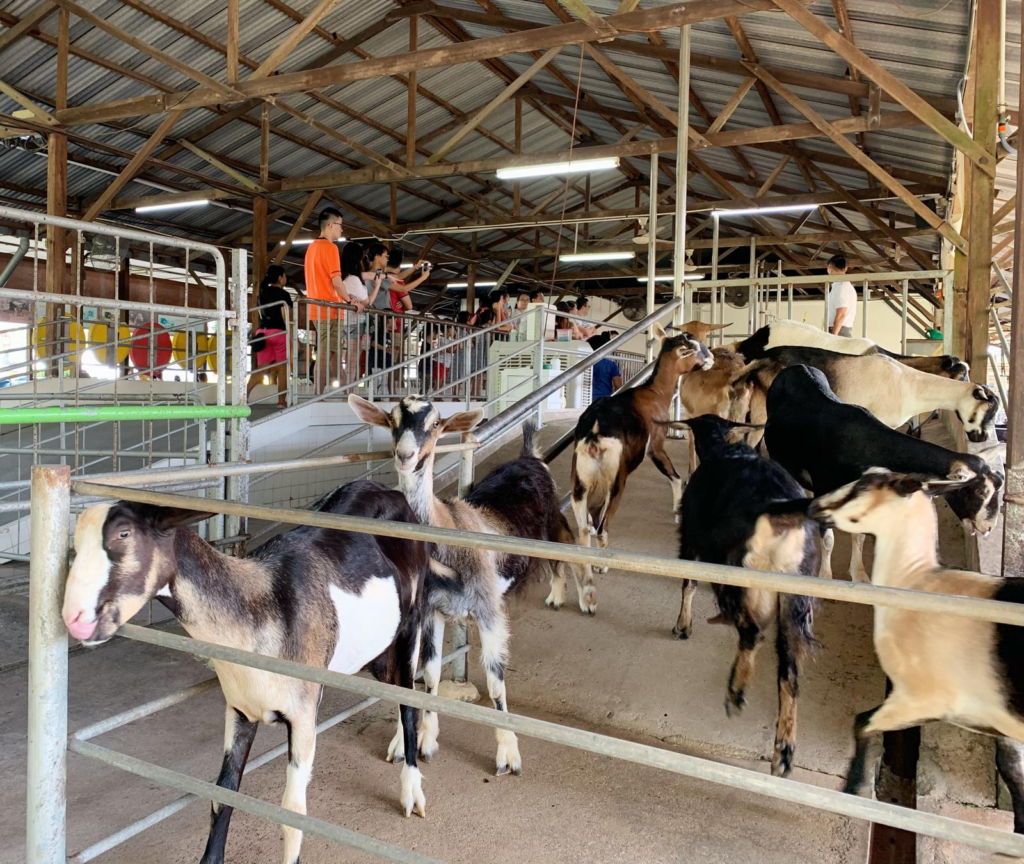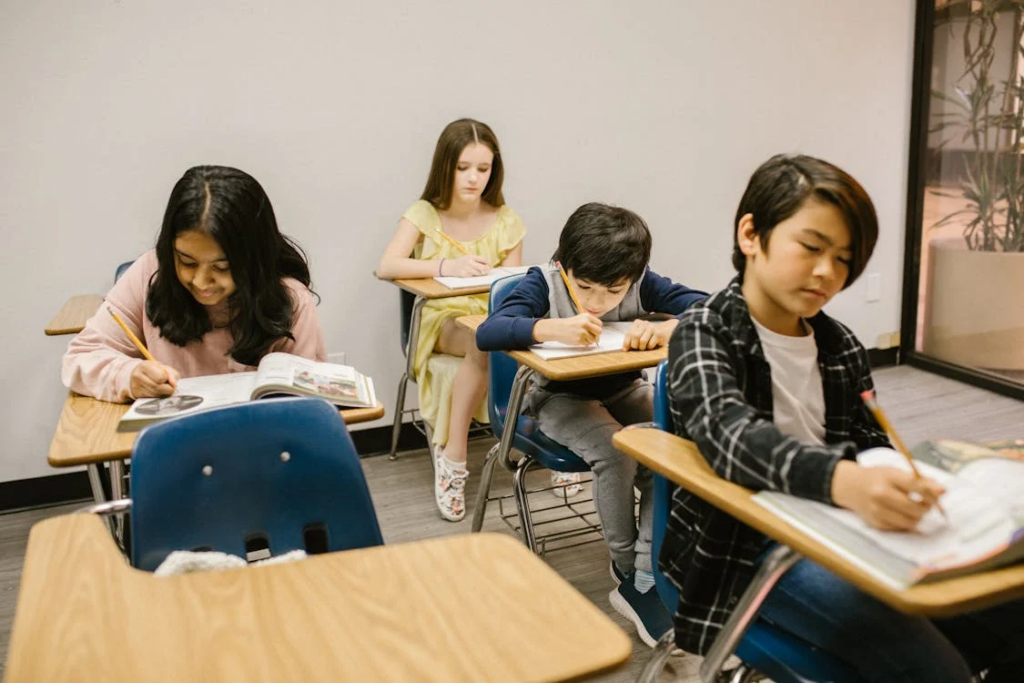"Give your child the tools to excel in English with Curio’s Independent Programme! Tailored for teens in Secondary School and JC (Year 1–6), this personalised tuition covers everything from classic literature to communication skills."

Curio’s Independent Programme was conceived to support students with personalised learning in only the best English Literature and English Language Tuition. Whether your child is exploring classic stories and poetry or working on their writing and communication skills, this programme has everything they need to thrive. Designed for teenagers in Secondary School and JC from Year 1 to Year 6, it offers expert guidance tailored to their unique academic goals.
Looking for a learning experience that fits your child’s needs? Curio’s Independent Programme has you covered. With personalised coaching, flexible schedules, and tailored worksheets, your child can learn at their own pace and thrive. Read on to see why this programme is a great choice for young learners eager to excel in English!
Lower Cost than Traditional Tuition

Curio’s Independent Programme is an affordable alternative to traditional tuition, offering a flexible plan to fit different learning styles and budgets. Unlike in-person tutoring, which can be costly with travel time and high fees, Curio’s online model delivers top-quality educational support at a fraction of the cost.
Independent Plan ($389/month):
- Perfect for self-motivated learners
- Budget-friendly option
- Skips weekly lessons but includes personalised marking and detailed feedback from a dedicated coach to keep students on track.
Communicate with Your Tutor Anytime, Anywhere

One of the greatest advantages of Curio’s Independent Programme is the ease with which your child can communicate with their dedicated coach. Unlike traditional tutoring, which limits communication to set session times, Curio allows your child to reach out whenever they need help or clarification.
The coach is always available to answer questions, break down tough concepts, or assist with assignments. With support offered year-round, your child can count on quick, personalised help whenever they need it.
Along with direct communication, your child will benefit from a wealth of revision and study materials, including sample essays, writing tips, vocabulary lists, and exam prep guides. These resources are designed to boost their skills and confidence.
Another standout feature is unlimited marking and feedback. Your child can submit as many essays, assignments, or practice exercises as they want, and their coach will provide thorough, constructive feedback. This continuous evaluation helps them identify strengths, address areas for improvement, and steadily refine their skills.
Eliminate Travel Time and Tuition Time

Curio’s Independent Programme is fully online, meaning your child can skip the time-consuming commute to and from tuition centres. Traditional in-person tuition often involves long travel times, which can eat into valuable study time. This added convenience not only saves time but also enhances your child’s ability to focus and learn effectively.
With the online format, your child can study from anywhere—whether it’s at home, in a café, or even while on a trip. All they need is a laptop and an internet connection. This flexibility lets them arrange their study schedule around other activities, making it easier to balance school, extracurriculars, and family time.
Study at Your Own Pace

Unlike traditional tuition, which often follows a rigid schedule, Curio’s Independent Programme offers the flexibility to learn according to your child’s individual speed and needs. This flexibility allows them to take their time mastering difficult concepts and ensures they’re not rushed through material they may need more time with.
Your child is encouraged to continue practising throughout the week. By the end of each week, students will have answers to the questions posed along with additional questions to tackle on their own. They can submit their answers at any time via Google Classroom. As they progress, their practice exercises will be graded and returned with detailed feedback before the next lesson. This combination of guided lessons and independent practice creates an effective learning cycle that helps students retain knowledge and improve at their own pace.
Use Tailormade Worksheets Catered to Your Child

Stop wasting precious time with generic assessment books and even school worksheets which tailor to the masses, and not to your child’s specific needs. This programme provides custom-made worksheets designed to match your child’s specific learning needs. Rather than using a generic curriculum, your child receives resources tailored to their strengths and areas for improvement. These worksheets offer focused practice that aligns with what they are currently learning, helping them reinforce key concepts in a more effective way.
In addition to the worksheets, Curio provides extra practice papers that simulate exam conditions. These papers give your child the chance to test their understanding and gain realistic practice for upcoming assessments. By regularly working through these papers, they’ll be better prepared for the challenges of real exams.
With personalised worksheets and practice papers, your child is equipped with the right tools to strengthen their skills and stay on track with their studies. This tailored approach ensures that every task they complete contributes directly to their academic development.
Ready to Get Started?

If you’re ready to help your child reach their full potential in English, now is the perfect time to join Curio’s Independent Programme. With personalised support, flexible learning options, and custom resources, this programme has everything your child needs to thrive.
Signing up is easy! You can get started by signing up here, or if you’d prefer, give us a call or WhatsApp us at 88922948 for more information. We’re happy to answer any questions and look forward to welcoming your child to the Curio community.
We look forward to supporting your child every step of the way!

















































